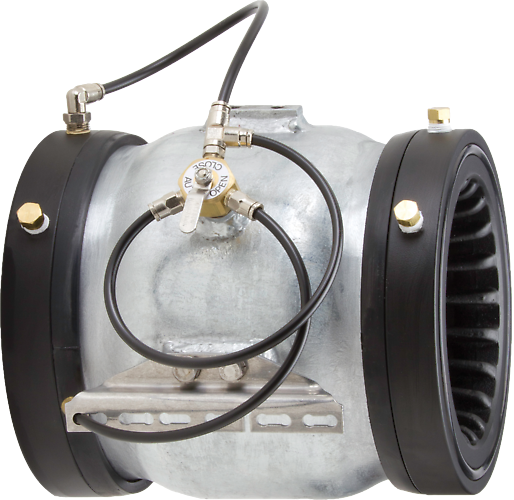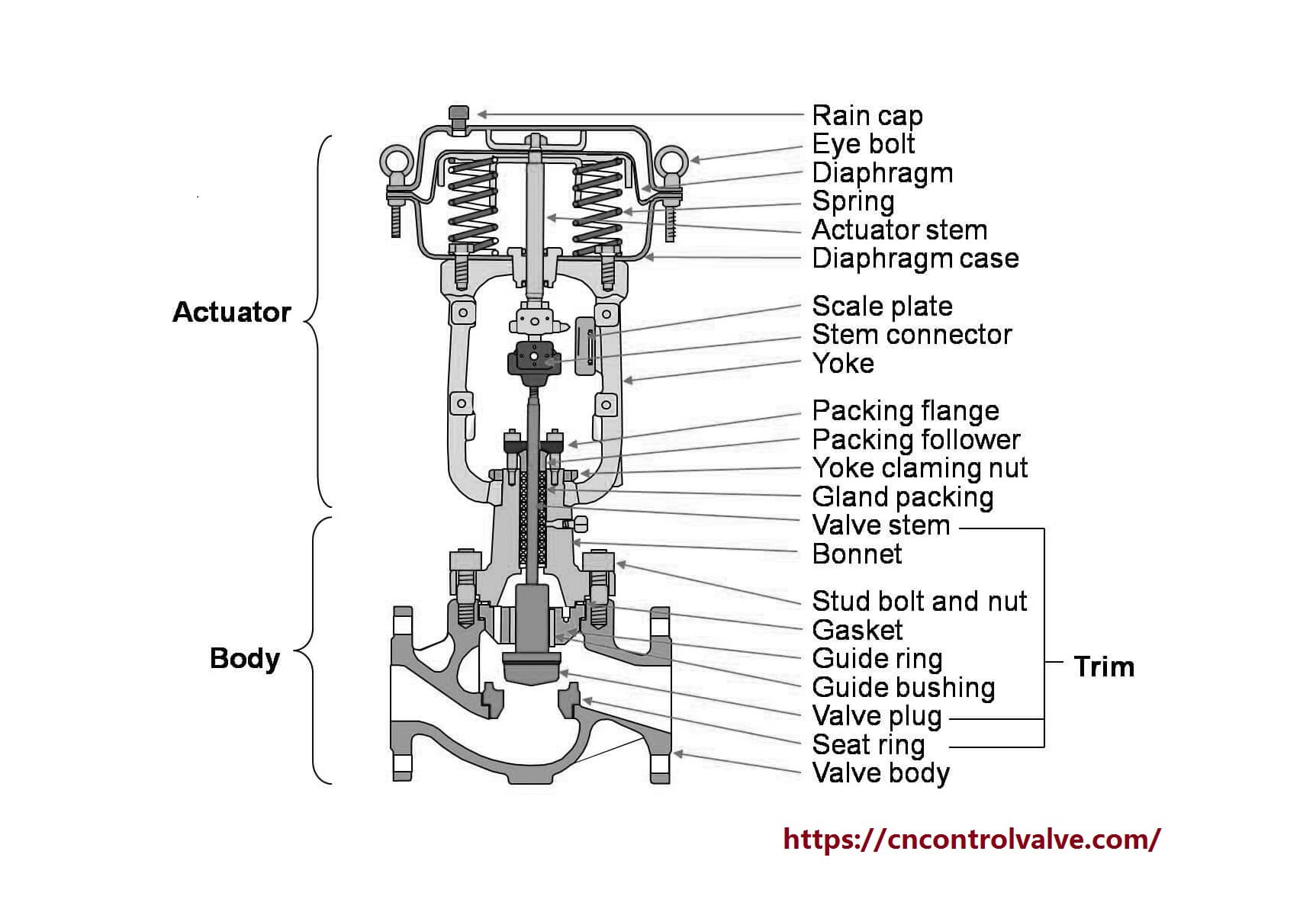Ingenious Control Valves: Enhancing Accuracy and Dependability
Ingenious Control Valves: Enhancing Accuracy and Dependability
Blog Article
Achieve Seamless Integration and Control With Quality Structure Automation Controls
In the world of modern building administration, the significance of high quality building automation controls can not be overstated. Embracing top quality structure automation controls is not simply a matter of comfort but a calculated crucial for companies aiming to optimize their centers' performance and sustainability.

Advancement of Structure Automation Controls
Throughout the previous couple of decades, the evolution of constructing automation controls has significantly changed the method buildings are taken care of and run. Originally, developing automation systems mostly concentrated on standard features such as controlling heating, air, and ventilation conditioning (HVAC) systems. Nonetheless, as modern technology advanced, these controls have come to be more advanced, enabling a larger variety of structure systems to be integrated and taken care of centrally.
The development of constructing automation controls has actually seen a change towards more intelligent systems that can adjust to changing problems in real-time. This flexibility is essential for maximizing power performance and ensuring resident comfort. Additionally, modern building automation controls now provide features such as predictive maintenance, remote surveillance, and data analytics, allowing facility supervisors to make data-driven choices to improve structure performance.

Advantages of Quality Combination
The innovation in structure automation regulates in the direction of even more smart systems has actually emphasized the substantial benefits of top quality combination in maximizing structure operations and boosting total effectiveness. Quality combination of constructing automation controls provides several essential benefits. It leads to improved power effectiveness by allowing different systems to work with each other flawlessly, making sure optimum performance and minimizing power wastefulness. Second of all, top quality assimilation boosts resident convenience and productivity by allowing customized control over ecological setups like lighting, temperature level, and air high quality. This customization can lead to an extra helpful and comfortable working or living environment. Additionally, high quality combination simplifies maintenance and repairing processes, as all systems are interconnected and can be monitored and regulated from a central user interface. This central control likewise provides far better presence and insights right into building efficiency, making it possible for proactive maintenance and optimization strategies. On the whole, the benefits of top quality integration in building automation controls are obvious, providing raised effectiveness, convenience, and operational performance.
Enhanced Customer Experience and Access
Enhancing customer interaction with structure automation regulates via intuitive style and enhanced ease of access elevates the total experience for occupants and center managers alike. By focusing on individual experience, constructing automation systems can end up being much more efficient and easy to use. Instinctive user interfaces, clear navigation, and adjustable settings encourage users to interact with the controls quickly and successfully.
Access functions play an important function in guaranteeing that all individuals, consisting of those with handicaps, can use the building automation regulates with ease. Including attributes such as voice commands, tactile switches, and color-contrasted screens can enhance ease of access and make the controls more inclusive.
In addition, enhanced individual experience causes higher individual fulfillment, enhanced productivity, and much better decision-making. Occupants can readjust ecological settings according to their preferences, while center supervisors can effectively keep track of and take care of structure systems - you can try here control valves. On the whole, focusing on customer experience and accessibility in building automation manages pop over to this site contributes to a much more effective and seamless building atmosphere for all stakeholders entailed
Sustainable Practices Via Automation

Additionally, automation can promote the combination of renewable resource resources such as photovoltaic panels or wind generators into building procedures. By automatically adjusting energy use based on the accessibility of renewable resource, buildings can better lower their reliance on non-renewable sources. This seamless combination of lasting methods not only benefits the atmosphere however likewise improves the general functional effectiveness and cost-effectiveness of the structure. Through automation, buildings can line up with modern sustainability goals and add to a greener future.
Future Trends in Building Control Equipment
One noticeable pattern forming the future of structure control systems is the raised assimilation of Artificial Intelligence (AI) and device learning. In addition, the Internet of Points (IoT) is transforming structure control systems by attaching sensing units and tools to improve and streamline operations effectiveness.
One more essential trend is the emphasis on cybersecurity actions to safeguard against potential threats to building automation systems. As buildings become more interconnected, ensuring durable cybersecurity procedures will be necessary to guard sensitive information and stop unauthorized accessibility.
Additionally, the shift in the direction of cloud-based platforms is gaining energy, enabling systematized control and remote access to structure systems. This facilitates simpler monitoring, upkeep, and updates, boosting the overall performance and adaptability of structure control systems. As modern technology proceeds to advancement, news these patterns are anticipated to form the future landscape of structure automation controls, driving technology and sustainability in the constructed setting.
Conclusion
Future trends in structure control systems are most likely to concentrate on additional enhancing automation abilities for boosted energy performance and overall performance. It is necessary for structure proprietors and operators to prioritize the fostering of top quality structure automation manages to maximize building operations and accomplish long-lasting sustainability goals.
In the realm of contemporary building monitoring, the importance of quality structure automation controls can not be overstated. Overall, the evolution of building automation manages proceeds to drive innovation in the structure monitoring sector, supplying brand-new opportunities for creating smarter and more lasting structures.
The innovation in structure automation controls in the direction of more smart systems has highlighted the significant advantages of quality combination in optimizing building procedures and enhancing total effectiveness. In general, focusing on individual experience and access in structure automation controls contributes to an extra effective and smooth building environment for all stakeholders entailed.
It is necessary for structure owners and operators to focus on the fostering of high quality building automation regulates to enhance building operations and attain lasting sustainability objectives. - control valves
Report this page